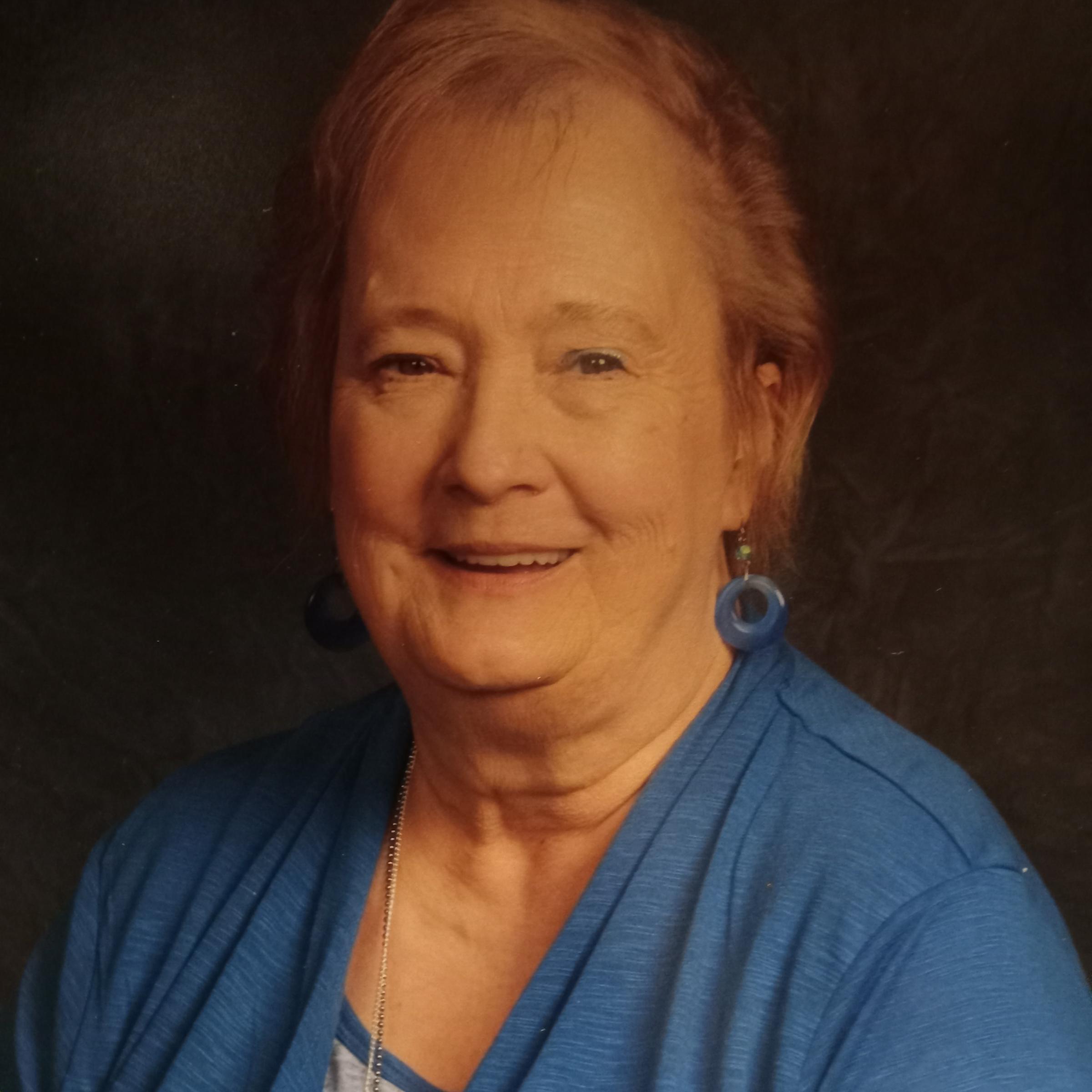In my practice, I occasionally get asked to explain the difference between osteoarthritis and rheumatoid arthritis, as well as osteoporosis. It is a good question and it is important to understand the difference, as these diseases are diagnosed and treated differently.
Osteoarthritis (OA): The most common form of arthritis and often referred to as the "wear and tear" arthritis. The smooth, protective cushion of cartilage on the bones gradually wears away and this leads to stiffness and pain and eventually, difficulty with activities. It is commonly found in the middle to older age groups. Other causes include obesity, prior injury, and family history.
Osteoarthritis can be diagnosed with an x-ray.
Although there is no cure for osteoarthritis, there are treatment options that can offer benefits for pain relief, and to help with strength and mobility. These treatments may include over-the-counter or prescriptive anti-inflammatories; such as Ibuprofen, Aleve, Celebrex, or Mobic, etc. Other treatments include physical therapy, weight loss, steroid and lubricant injections in the arthritic joint, bracing, ice and elevation, and vitamin supplements. Finally, when nonsurgical medical management of the osteoarthritis is no longer effective, total joint replacements are considered. Treatment is provided by primary care and orthopedic specialty
Rheumatoid Arthritis (RA): The lining of the joints and surrounding tissue swell and eventually attacks and destroys the joint surface. This has an erosive effect on the cartilage and leads to deformity and pain. While it is not believed to be hereditary, there may be a gene that makes some people more susceptible to RA. Joint stiffness, pain, and swelling, including ultimate deformity are common symptoms. Triggers may include infection or environmental factors, and susceptible genes. The immune system then, designed to protect, begins to attack the joint instead.
RA is diagnosed with physical examination, medical history, x-rays, and labs including Rheumatoid Factor.
Again, there is no cure for RA, but treatment options include: physical and occupational therapy and medications. Surgical joint replacement can also be considered. Treatment is provided by a primary care provider and/or a rheumatologist.
Osteoporosis: Condition where the bones become thin and weak, and more prone to fracture. The bones decrease in strength and quality as we age and the bone remodeling process is slowed down. More common in women, than in men. Loss of estrogen in women at menopause causes rapid bone loss. Poor nutrition and a sedentary lifestyle can cause adverse changes in the bone mass at earlier ages.
Osteopenia (Low Bone Mass): This is a "pre-osteoporosis" condition. Osteopenia and osteoporosis are sometimes diagnosed when a person experiences a bone fracture with a minor injury, that would otherwise not cause a fracture in a healthy person. Causes include aging, hormonal changes, and a genetic disposition. Certain medications can increase your risk for osteoporosis, so this should be discussed with your primary care physician when starting a new medication. Health conditions and lifestyle choices such as excessive alcohol use, smoking, and inactivity can also increase risk of osteoporosis.
Diagnosis includes a physical examination, medical history, family history; specialized x-ray called a bone densitometry or DXA scan.
All information was gathered from the American Academy of Orthopedic Surgeons (AAOS) website. Free patient teaching guides on these diseases and more are available at orthoinfo.aaos.org









